NOTE: For prior parts in the Hizballah Cavalcade series you can view an archive of it all here.
—
Quwat Sahl Nīnawā: Iraq’s Shia Shabak Get Their Own Militia
By Phillip Smyth
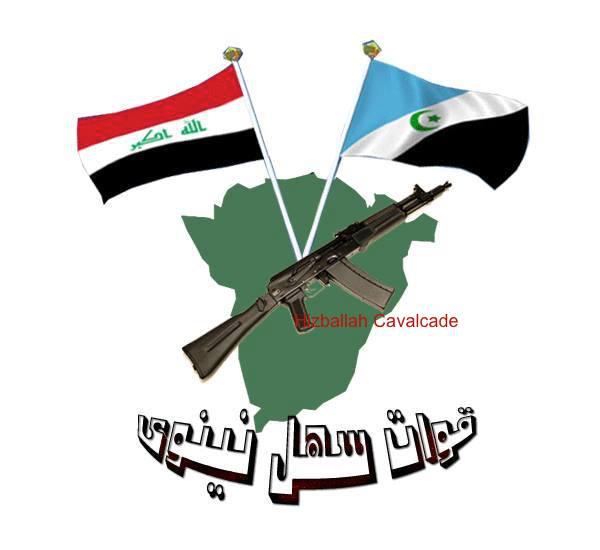
Figure 1: Quwat Sahl Nīnawā’s logo. The Iraqi (left) and Shabak (right) flags emerge out of a map of the Hamdaniya region of the Nineveh Plain. The symbol also features an AK-102 rifle.
Quwat Sahl Nīnawā (A.K.A. Liwa Sahl Nineveh or QSN) purports to be a Shia Shabak militia associated with the Democratic Assembly of Shabaks (Tajema’ al-Shabak al-Dimokrati or DAS).1 QSN announced itself via a November 23, 2014 official statement posted on the website and social media apparatus belonging to the DAS. The group has also already claimed to take casualties in the fight against the Sunni jihadist “Islamic State” (A.K.A. IS, ISIS, or ISIL).2
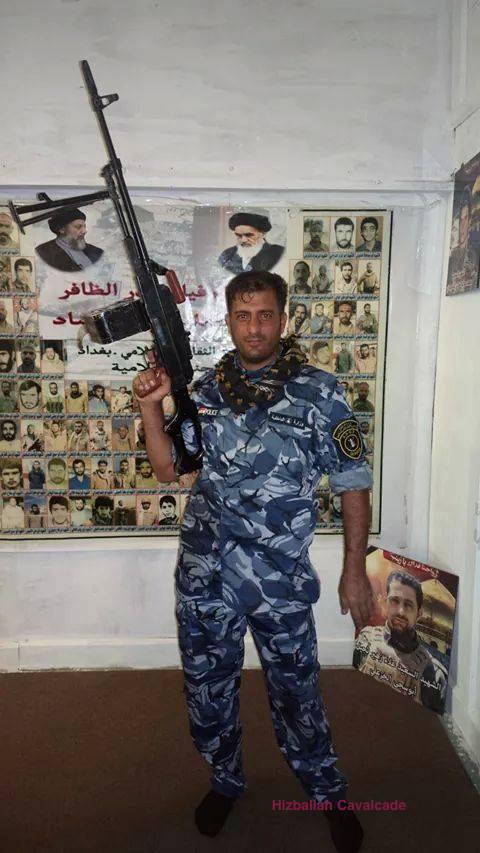
Figure 2: A QSN fighter poses with martyrdom posters (one featuring the dome of Sayyida Zaynab in Syria – bottom right) and other posters featuring Badr Organization founder Ayatollah Muhammad Baqir Sadr and the first Iranian Supreme Leader Ayatollah Khomeini.
Present in the symbols and photos, QSN mixes a limited quantity of Shabak particularism and an added emphasis on Shia identity. On some pages the group has simultaneously promoted links to Iran’s proxy forces. While the group may have relations with Iran’s proxies, its official statements have announced a commitment to “gladly serve the supreme religious authority in Najaf [Grand Ayatollah Sistani].”3 This would likely indicate the group is not an equivalent (in terms of ideology and/or levels of control) to newer Iraqi Shia Iran-proxy militias such as Hizballah al-Abrar.
Photos claiming to show the group training also indicate that they may be assembled along the lines of a “Popular Assembly/Mobilization” or “al-Hashd al-Sha’abi” type group. Photographs of claimed QSN fighters holding flags promoting al-Hashd al-Sha’abi add further credence to this likelihood. Organization along those lines would mean many of the fighters are possibly newer recruits trained and likely led by more experienced personnel and advisors.
In photos of QSN, around 100 fighters were shown posing in ranks. This suggests the numbers for the group are likely in the range of 100-500 combatants.
The creation and promotion of the group may exemplify another method Iran and its proxies are using to place pressure on Kurdish organizations. QSN, as organized along lines of the more dominant Iraqi Arab Shia militias in the south of the country, also demonstrates the direction in which other new militias may be organized. QSN further exemplifies how some of Iraq’s minority groups are mobilizing against ISIS.
The Name & Symbols
QSN’s name directly refers to an area of heavy Shabak habitation, Iraq’s Ninewa (or Nineveh) Plain. Their logo and a post by the Shabak Democratic Assembly describes the group as “Quwat Sahl Nīnawā” or the “Nineveh Plain’s Forces.”4 Albeit, via social media, one page purporting to belong to the group claimed it also went by the name of “Liwa Sahl Nīnawā” or the “Nineveh Plains Brigade”. However, such minor alterations in name are common during the early stages of many new militias.5
The group’s logo also demonstrates a rather rudimentary approach to create symbolism for the new group. Readily available images (including the pictures of an AK-102 rifle, the Shabak and Iraqi flags, and a map of the Hamdaniya area of the Nineveh Plains) were likely pasted together following a simple image search online.6

Figure 3: A QSN fighter poses with a flag associated with the Popular Mobilization type militias.
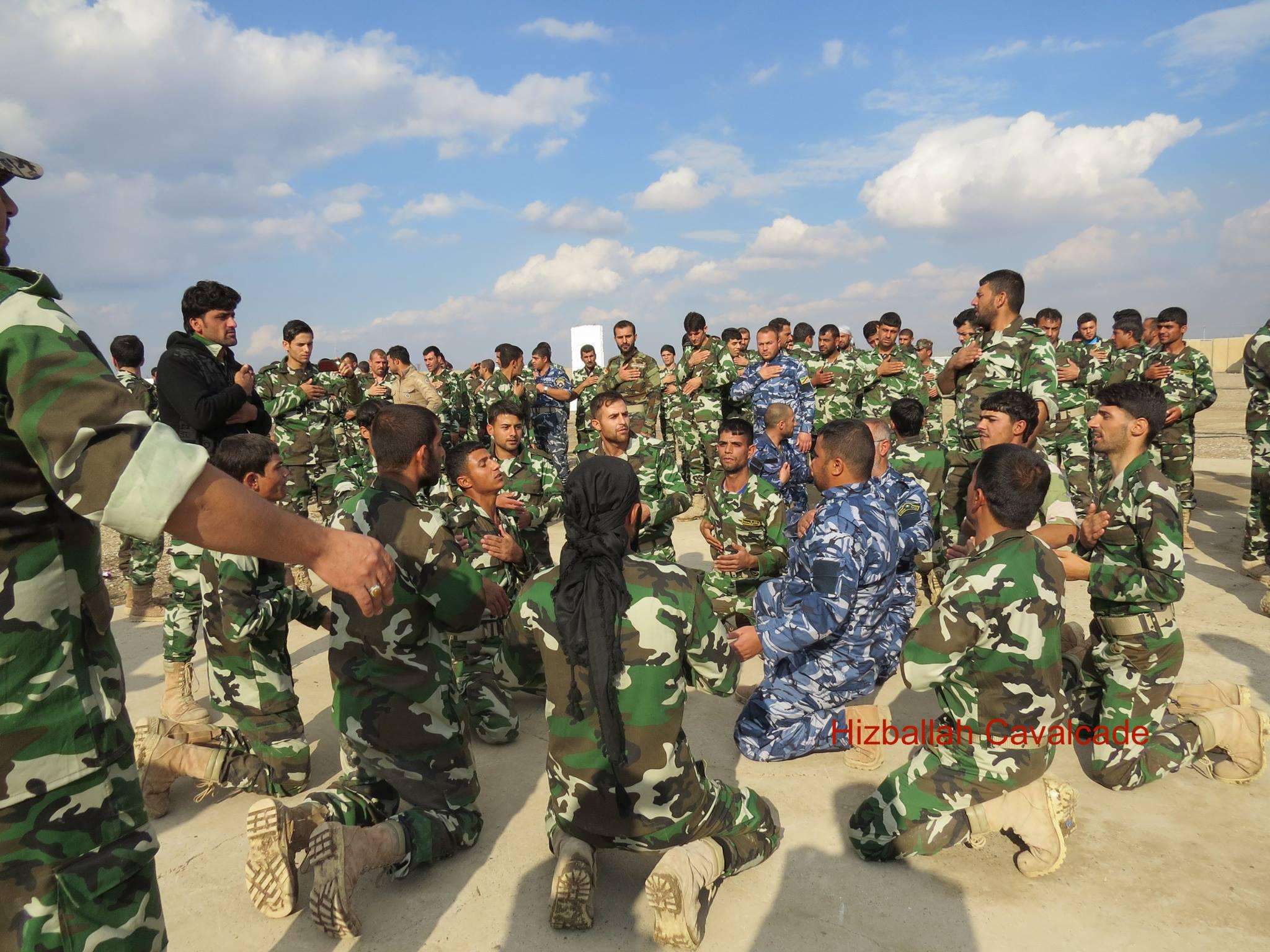
Figure 4: QSN fighters congregate.
Who Are the Shabak & What is the Nineveh Plain?
The Nineveh Plain is a minority rich area; home to the Shabak, numerous Christian sects (including the Assyrians, Chaldeans, and Syriac Orthodox and Syriac Catholics), Turkmen, Yezidis, and Kurds.7 Considered a heartland for Iraq’s Christians, Assyrian Christian and other Syriac (Aramean, Syriac, and Chaldean) Christian nationalist organizations and political parties have pushed for autonomy in the area.8 There has also been a campaign to make the Nineveh Plain its own province (under primarily Christian leadership) within the Iraqi federal framework.9 Nevertheless, the Plain has not been granted a truly autonomous standing.
Many Shabak insist they have a unique ethnic identity, which is neither Arab nor Kurd (albeit, primarily non-Kurdish).10 The group also speaks its own language, Shabaki.11 Most Shabak are also religiously (Twelver) Shia.12
Within the Nineveh Plain, the Shabak primarily live in villages to the east of the city of Mosul, in the Hamdaniya area, and a few thousand also lived in the city of Mosul (before the invasion). Due to ISIS advances, many Shabak hamlets have been overrun.
The Democratic Assembly of Shabak & Issues With the Kurds
While QSN was ostensibly created as a Shabak arm to fight back ISIS threats and offensives targeting the Shabak, there are other underlying trends present with the creation of the militia associated with Shabak-Kurdish relations.
Kurdish groups have shown interest in further incorporating areas of Shabak habitation into Kurdistan.13 As early as 2008, minority groups including the Shabak claimed there was an effort to “Kurdify” areas they inhabited.14
Along with the promotion of a separate non-Kurdish identity, the DAS’s leader and parliamentarian Hanin Qaddo has specifically called out Kurdish parties for claimed abuses against the Shabak. In 2008 Qaddo opposed the incorporation of Shabak inhabited areas into Iraqi Kurdistan.15 Two years later, Qaddo denounced the Kurdish Democratic Party (KDP) for “intimidating” Shabak voters.16 In 2012 the Shabak leader demanded the expulsion of Kurdish and Christian armed forces from the Nineveh Plain.17
With this in mind, QSN’s establishment also recalls the 2012 decision by then Iraqi Prime Minister Nouri al-Maliki to allow for the creation of a 500-man Shabak militia force referred to as, “The Shabak Regiment of Doom.”18
For their part, many Kurdish political leaders have not been supportive of independent Shabak efforts to create their own militias. Nevertheless, some of those Kurdish apprehensions were downgraded following the ISIS advance. Thus, QSN has not been the only Shabak armed group to come into existence. However, its other counterpart is under the control of Kurdish military commanders.19 Whereas QSN is organized along lines set by Baghdad-supported Shia militias and Iran’s proxy groups and does not appear to be taking order from Kurdish commanders.
Tensions between QSN’s DAS parent party and Kurdish parties may explain for QSN’s retention of its independence. The DAS, the largest Shabak Party, is also part of the ruling Iraqi State of Law Coalition. This is the same coalition which included former Iraqi Prime Minister Nouri al-Maliki, the current Iraqi Prime Minister, the Badr Organization and Kata’ib Sayyid al-Shuhada, among other Iranian proxy groups. Nevertheless, Qaddo has “wavered between the Hakim and Maliki factions,” and then ran on the Badr Organization’s electoral list.20
The increase in Iranian proxy cooperation via training, equipping, and other support also speaks to other issues related to Iran’s and their proxies’ policies in Iraq. The policies in question are particularly focused on Kurdistan. From the summer of 2014 until the present, there has been increased tension between Iran’s Iraqi Shia proxies and Kurdish Peshmerga forces.21 Additionally, Iran’s proxies have also threatened Kurdish leaders such as Masoud Barzani.22
A push for support for a group which has already had problems with Kurdish leadership seems to be another avenue for Tehran to exert pressure on the Kurds. Nevertheless, QSN’s main goals and activities have and will likely remain oriented against the existential threat that is ISIS.
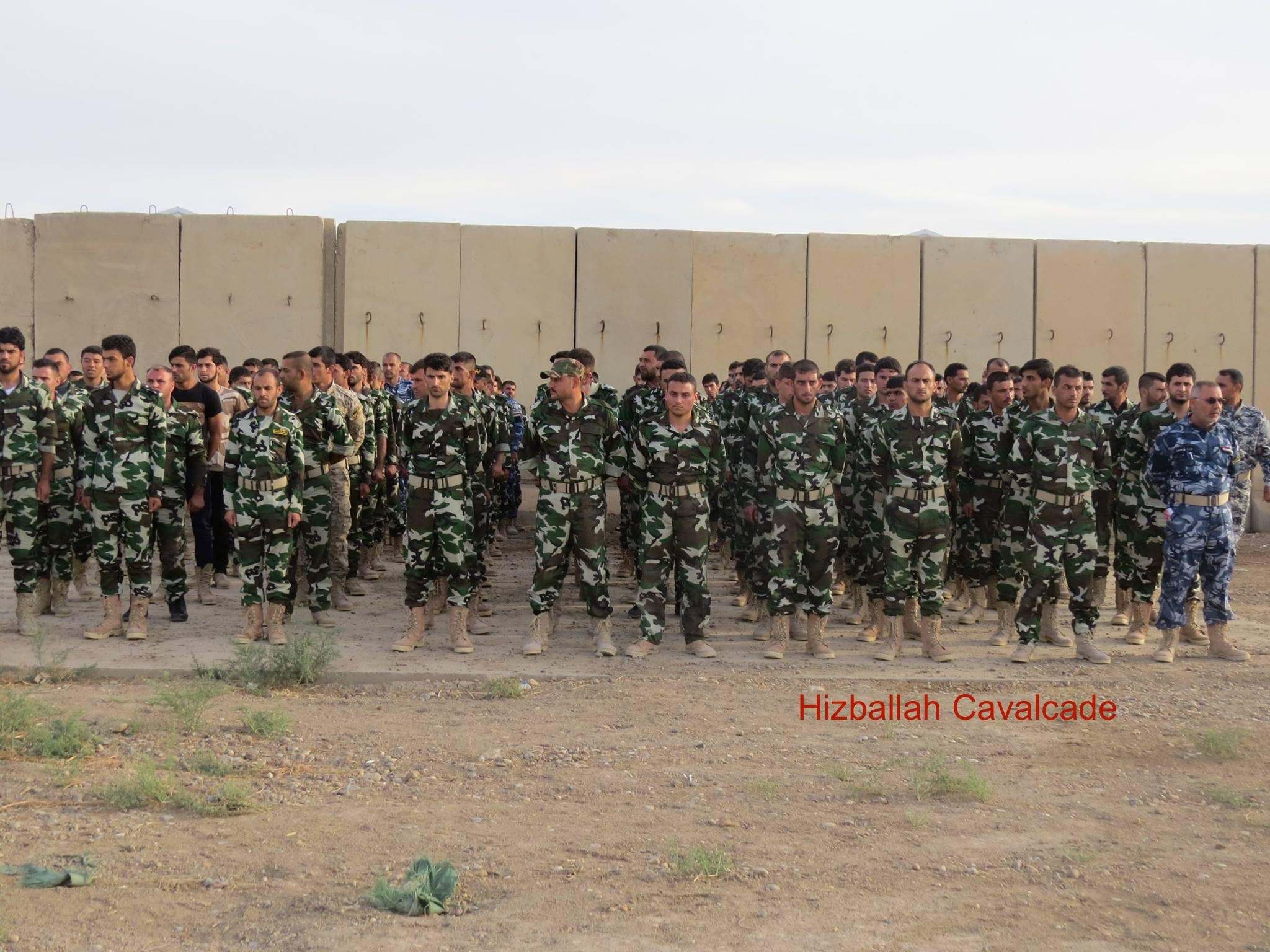
Figure 5: Around 100 QSN are shown in this photo.
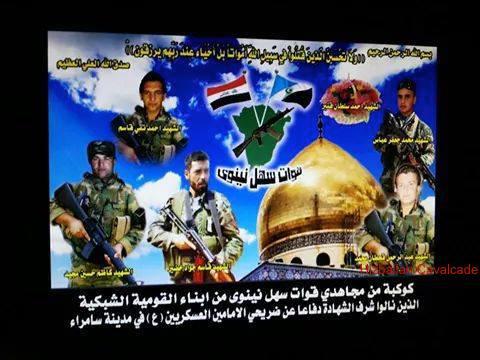
Figure 6: QSN Martyrs are shown on a poster featuring the dome of Syria’s Sayyida Zaynab. It is possible the dome was included by graphics designers to demonstrate that the fight in Syria and Iraq, marketed as “protection for shrines”, are one in the same.
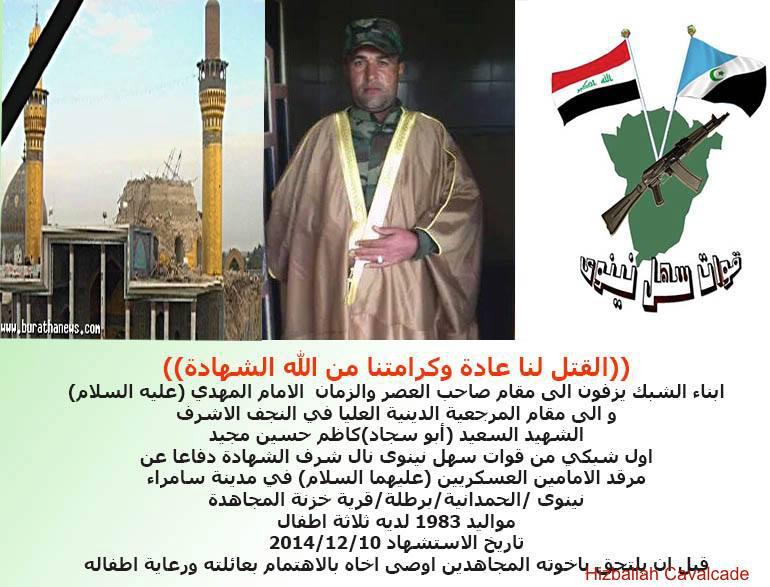
Figure 7: The martyrdom poster for Kazem Husayn al-Asharaf (Abu Sajad).
Videos
Notes:
_____________
Category: Hizballah al-Abrar
Hizballah Cavalcade: Hizballah al-Abrar: The Latest Hizballah Franchise in Iraq
NOTE: For prior parts in the Hizballah Cavalcade series you can view an archive of it all here.
—
Hizballah al-Abrar: The Latest Hizballah Franchise in Iraq
By Phillip Smyth
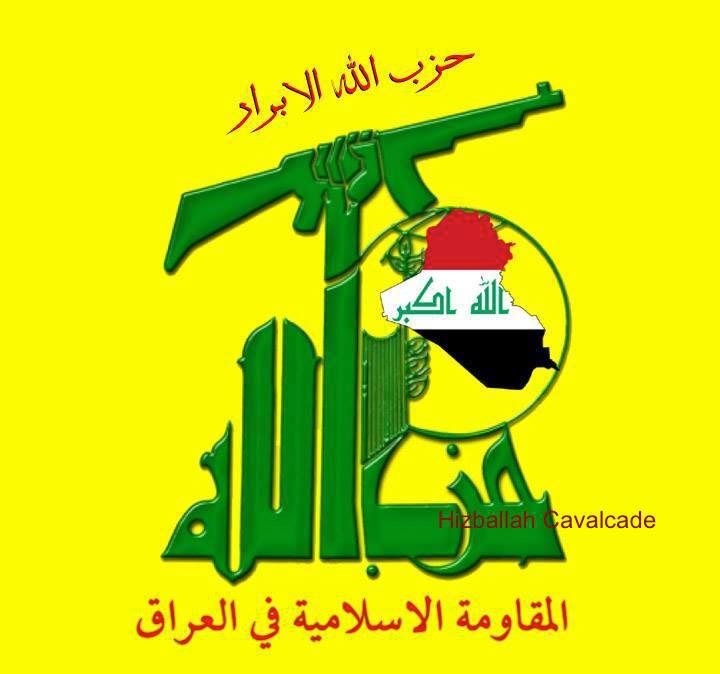
Figure 1: Hizballah al-Abrar
Hizballah al-Abrar (HAA or the Party of God of the Righteous) follows in the footsteps of a long line of new Shia militia organizations which have been announced in Iraq since June 2014. These groups often model their symbolism, organizational structures, and ideological profile on Lebanese Hizballah. Additionally, these groups commonly have strong links and at times have shared commanders with other established Shia militia proxies of Iran.
HAA is no exception, utilizing the official logo of Lebanese Hizballah with the addition of a stylized map of Iraq in the globe section of the symbol. The group, mirroring other Iranian proxy Shia groups in Iraq, Lebanon, and Syria, also refers to itself as “al-Muqawama al-Islamiyya fi al-Iraq” (The Islamic Resistance in Iraq). HAA has done little to hide its connections to Asa’ib Ahl al-Haq (AAH). If anything, HAA actually promotes the links. Furthermore, its connections to other organizations promoting Iran’s Khomeinist ideology have been featured in other photos.
HAA’s secretary general, Sheikh Fadhel al-Khaz’ali, has been prominently featured in the group’s propaganda releases and has been used to show the group’s links to Iran’s Iraqi proxy groups. In one photo, Khaz’ali is shown receiving an award from the Imam Khomeini Relief Foundation. In others, Khaz’ali is shown standing under the AAH banner.

Figure 2: This photo claims to show Sheikh Fadhel al-Khaz’ali recieving an award from the Imam Khomeini Relief Foundation.
Following a social media model which had been replicated by other newer Shia militias in Syria and Iraq, HAA initially published easily created images showing the group’s new symbol. Later, photos claiming to show fighters from the group, a more official looking fighting force, complete with patches, flags, and official statements began to appear after the group’s initial appearance on Facebook in August.
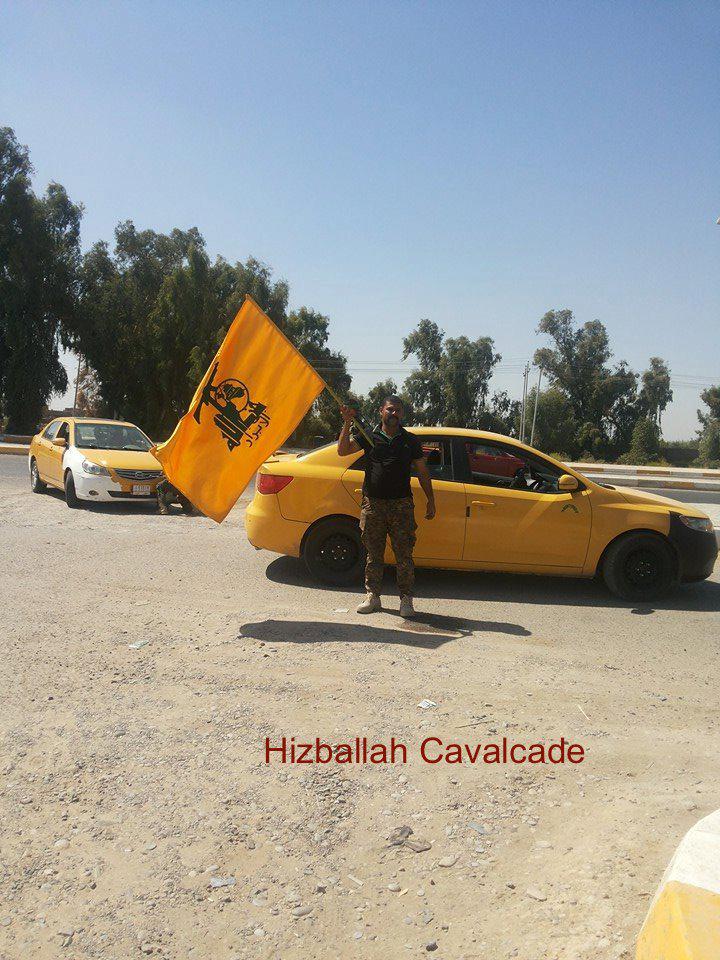
Figure 3: A HAA fighter holding the group’s flag. This picture claimed to show HAA fighters heading to the Battle of Amerli.
In terms of combat deployments, the group has claimed it sent fighters to Amerli, Diyala, Baghdad, and the key battlefront of Jurf al-Sakhr. In a video released on October 28, 2014, HAA combatants waved the group’s flag along with that of Karbala-based Shia militia, Firqat al-‘Abbas al-Qataliya – al-Dafa’ ‘an Muqadisat al-Iraq (The Abbas Fighting Group – Defenders of the Iraqi Holy Sites) in what appeared to be an impromptu celebration commemorating recent victories in Jurf al-Sakhr.
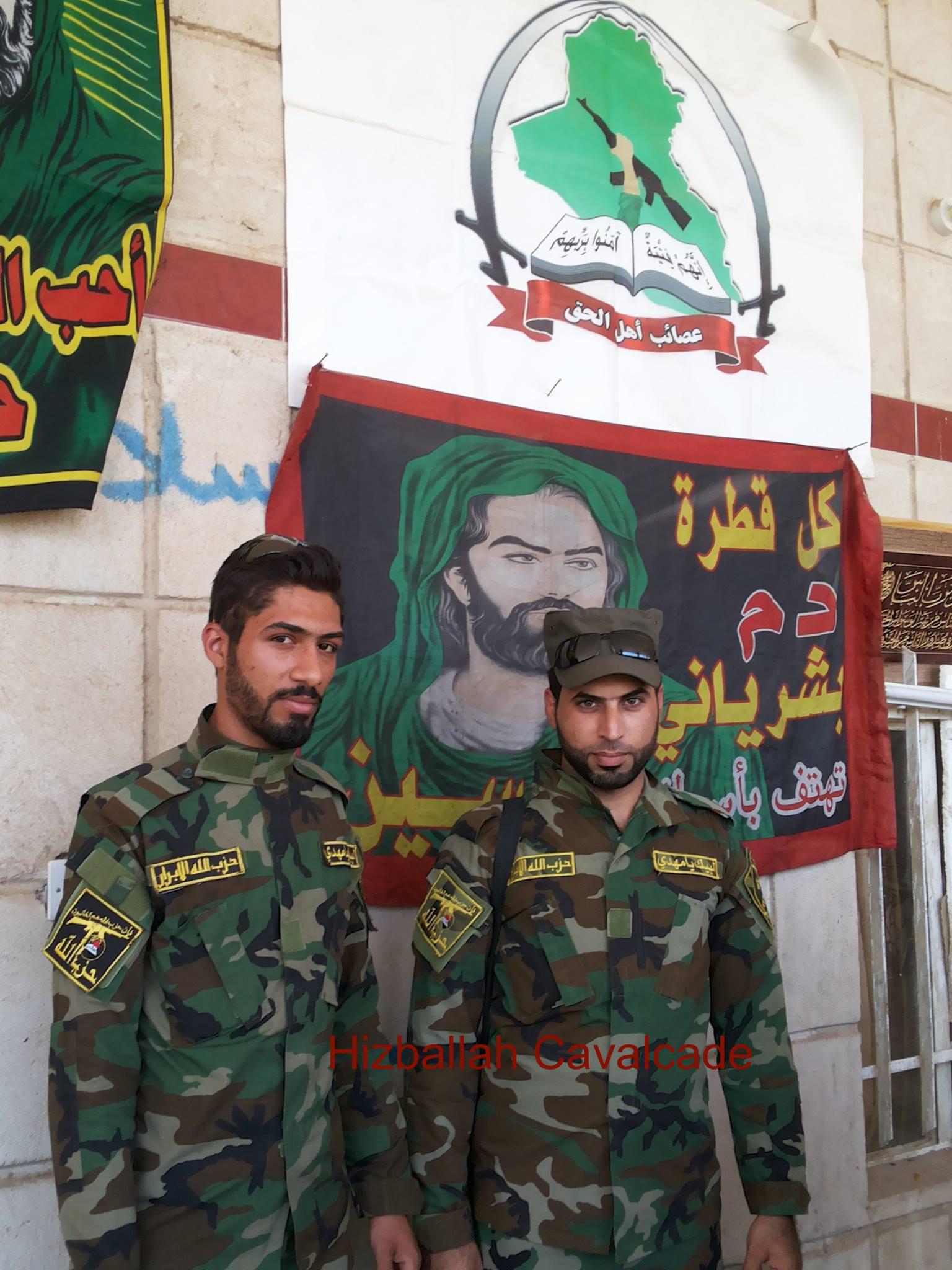
Figure 4: Two HAA fighters, Yasir al-Khazarji and Amir Sa’adi pose together under AAH and Shia religious banners. Note the HAA-specific arm patches.
Despite the fact that HAA has claimed to be positioned across diverse sections of Iraq, it has not stated the size of its force. Furthermore, the group’s quickly paced attempt to appear more professional online may demonstrate that the group will be further developed within Iraq’s Shia militia and political sphere. In fact, Sheikh al-Khaz’ali was pictured in an undated photograph with former Iraqi Prime Minister Nouri al-Maliki and other leaders from Iraq’s internal security forces and army.
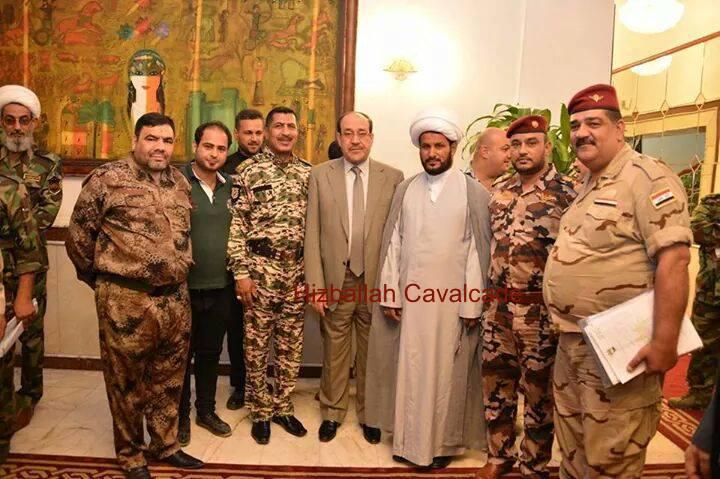
Figure 5(Right): Sheikh Khaz’ali is shown with a stylized Hizballah and Iraqi national flag.
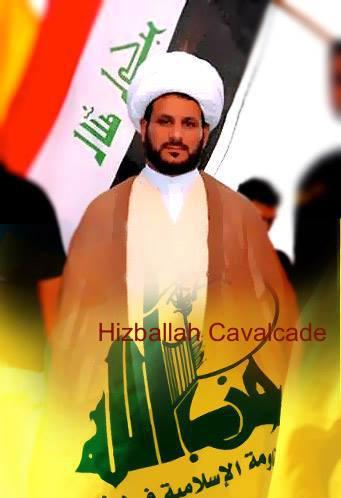
Figure 6 (Left): Sheikh Fadhel al-Khaz’ali poses with former Iraqi Prime Minister Nouri al-Maliki and others.
Thus far, the group has released a number of official statements. Below, a translated version of one statement dealing with “rumors” about ISIS penetrations of Baghdad, gives insight into the group’s worldview, including their anti-U.S. positions and opinions on fighting ISIS.

Figure 7: HAA fighters gather for a photograph.
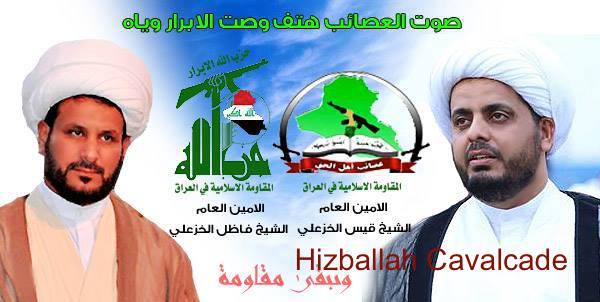
Figure 8: AAH and HAA leaders are pictured together.
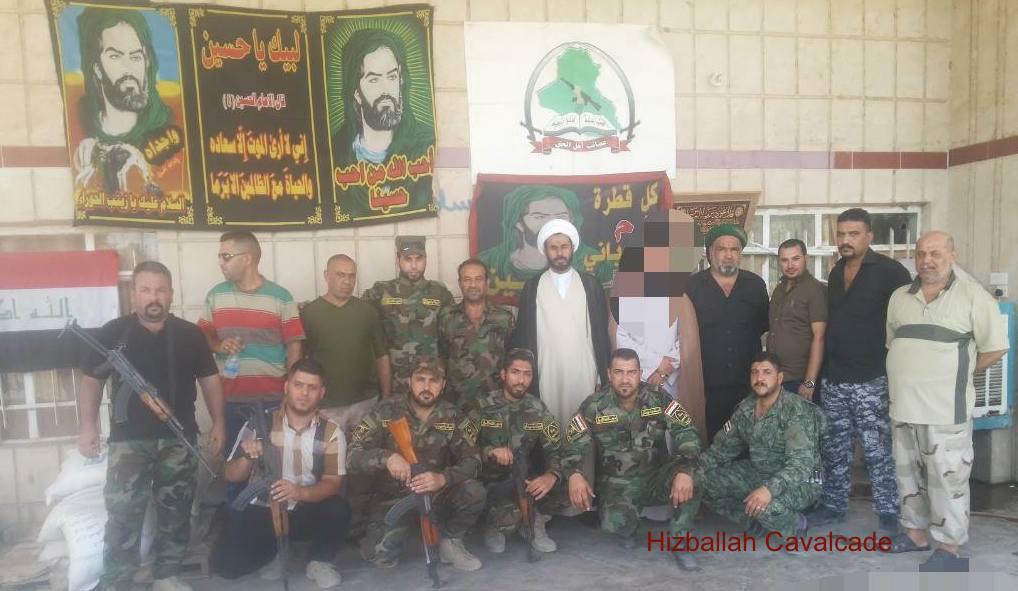
Figure 9: HAA central leadership and combatants pose under Shia religious and an AAH banner.
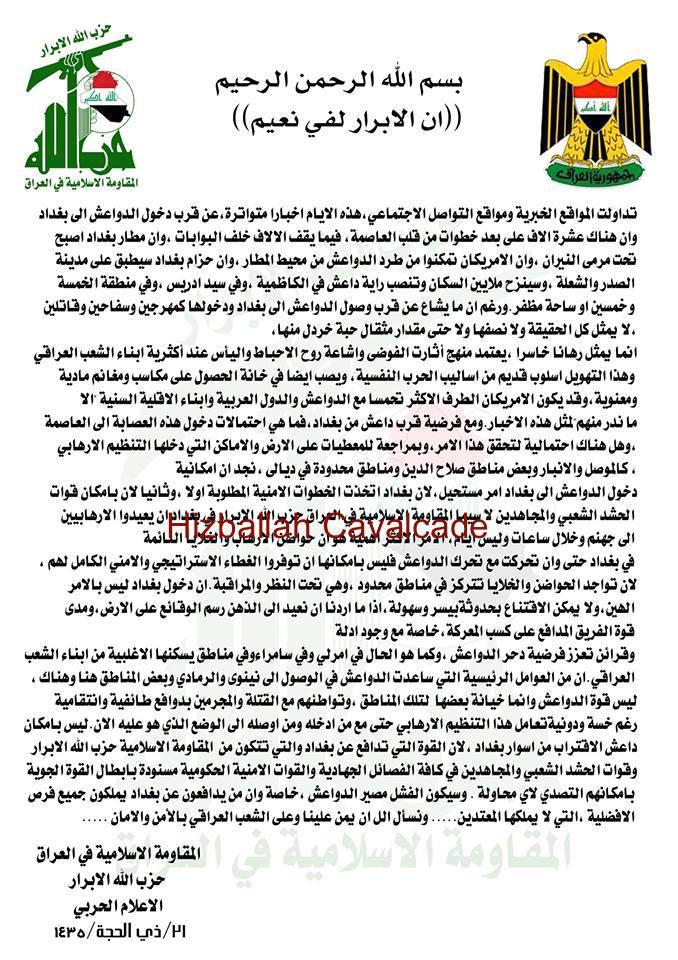
Figure 10: HAA announcement released on social media on October 18, 2014.
Translation of HAA’s October 18, 2014 Announcement*:
There are rumors on social media websites that ISIS is close to entering Baghdad and that there are tens of thousands [of ISIS fighters] steps away from the heart of the capital, while thousands of others are standing behind the gates. Rumors about Baghdad Airport being under fire, that the Americans were able to kick ISIS groups out from the outskirts of the airport, rumors that the belt of Baghdad will close up on the Sadr City and Al-Shu’ala, rumors that millions of residents will become refugees, and that the flag of ISIS will be set up in Khazimiya, in Sayyid Idris [an important Shia shrine south of Najaf] and in the area of Khamsa [a Baghdad neighborhood], Khamsin, or in Muzzafar Square [a central square in Sadr City]. Despite all of these rumors, the clowns, murderers, and killers from ISIS are not close to entering Baghdad. None of them [the rumors] represents a grain of truth.
These [rumors] represent a lost bet that aims to spread chaos, frustration, and misery among the majority of the Iraqi people. This fear mongering is an old method of psychological warfare, it also serves to allow certain material and symbolic games. Regarding the theory of ISIS closing up on Baghdad, the Americans might be the party that is the most excited along with ISIS, Arab countries, and members of the Sunni minority. What are the possibilities this gang will enter the capital and is there a possibility to achieve this?
By reviewing ground data in places where the terrorist organization has entered, such as Mosul, Anbar, some regions of Salah Ad-Din [province], and limited regions of Diyala, we find that it is impossible for ISIS to enter Baghdad, because Baghdad has taken the necessary security steps. Second, because the forces of the popular [militias] and jihadists groups, especially the Islamic Resistance in Iraq Hizballah al-Abrar in Baghdad, can send the terrorists back to hell within hours not days. The most important thing is that those who foster terror and sleeper cells in Baghdad, even if they move along with ISIS’s movement, will not be able to offer full strategic and security coverage for them, because those who foster these cells are based in limited areas which are under surveillance and observation.
Entering Baghdad is not easy and there is no way to be convinced that it will happen quickly and easily. Especially if we want to keep in mind all of the facts on the ground and take into consideration the strength of the defending group, especially since there is proof that crushing ISIS is a likelihood. As is the case in Amerli, Samarra, and areas inhabited by most of the Iraqi people, the main factors which helped ISIS to reach Nineveh [Province] and Ramadi and some regions here and there, is not the strength of ISIS but because of [their sneaky behavior] betrayal. They are betraying these regions by conspiring with murderers and criminals under sectarian and vengeful pretexts. ISIS cannot come close to the walls of Baghdad because the forces which are defending Baghdad and consisting of Hizballah al-Abrar, the forces of the popular movements, and the holy warriors in all jihadist cells, along with governmental and security forces, supported by the heroes of Iraqi Air Force, can confront any attempt to take Baghdad. The fate of ISIS will be failure, especially because the defenders of Baghdad have more privileges than the attackers…we ask God to protect us and the Iraqi people.
* Some sections have been edited so there is better flow in English. Additionally, ISIS is referred to as “Da’ish” in the original statement.
